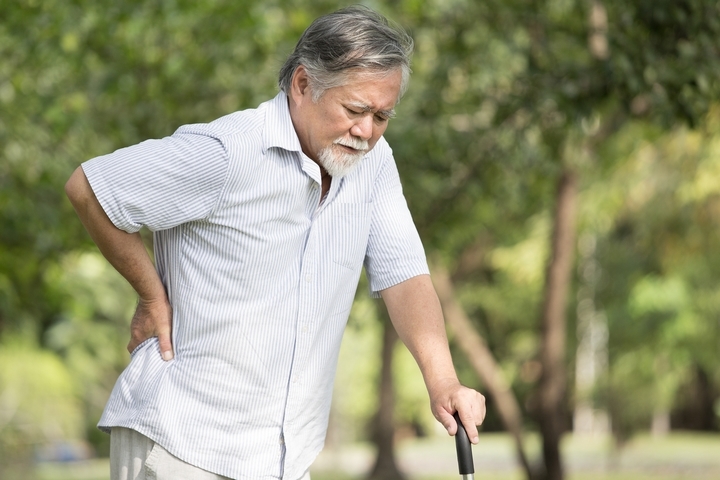As we age, our minds and bodies change drastically. While some of these changes may be for the better, others are not so welcomed. These negative changes may include shrinking body size, loss of vision, lack of physical stability, etc. The positive changes, however, should not be forgotten by any means! These include gaining more life experience and growing wiser, developing deeper bonds with those around us, making smarter and more well-informed decisions, and so on.
One of the not-so-enjoyable aspects of ageing would have to be worsening our physical stability. In some cases, this tends to creep up on the individual, while in others, it occurs suddenly without any warning signs. When it occurs rapidly, this can take the individual by complete surprise, leaving them helpless and stuck.
If you are or know an elderly individual who has suddenly lost their mobility and is struggling to find ways to cope with this and find effective solutions, we are here to help you. Here are some of our suggestions for solutions for sudden loss of mobility in the elderly.
1. Seek medical assistance

The first step you should take in the event of a sudden loss of mobility in your own body or an elderly individual you know is to seek immediate medical assistance. Sudden mobility loss often requires prompt intervention, which can significantly impact recovery and prevent further complications.
Medical professionals are trained to assess the situation comprehensively. They can conduct physical examinations, perform the necessary tests, and identify the underlying cause of the mobility loss. So whether this loss was triggered by a medical condition, a stroke, a fracture, and so on, a medical professional will be able to provide you with the necessary answers promptly.
Once the cause is identified, a personalized rehabilitation plan can be developed.
2. Modifications in the house
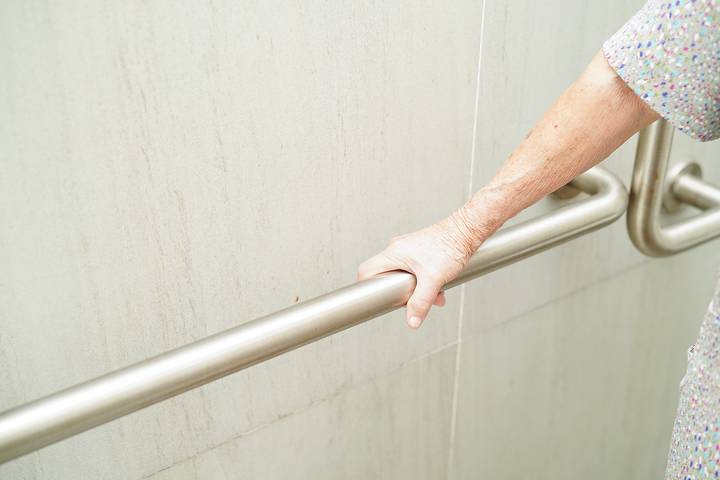
The loss of mobility hinders various day-to-day activities that one would typically engage in. This can create immense emotional and physical discomfort for the person in question.
Home modifications can make the living space safer for elderly individuals with mobility limitations. For instance, installing grab bars and handrails in key areas like bathrooms and staircases can provide essential support and reduce the risk of falls. Non-slip flooring in bathrooms and hallways can further enhance safety.
Doorways & Ramps
Widening doorways and installing ramps can make it easier for wheelchairs or walkers to move freely throughout the home. This increased accessibility promotes independence and reduces the frustration of navigating tight spaces.
Bathrooms
One of the riskiest areas for people with limited mobility is the bathroom. The slippery surfaces make for a dangerous zone. Home modifications in the bathroom, such as walk-in showers and raised toilet seats, can significantly reduce the risk of accidents and promote independence.
Kitchens
You can also modify the kitchen to allow elderly individuals to continue preparing meals or engaging in daily activities. Lowering countertops or installing pull-out shelves can make items more accessible and useable.
Hallways & Staircases
Lastly, ensuring adequate lighting in hallways and staircases and eliminating tripping hazards like clutter or loose cords can also work towards preventing falls.
3. Devices for assistance
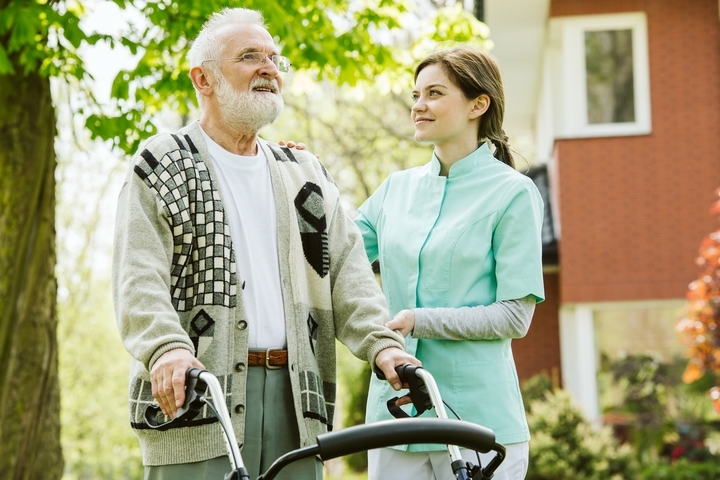
Next, obtaining devices supporting and assisting the individual would be in their best interest. Some examples of such devices include ramps, walkers, wheelchairs, and canes.
Looking closely at the walker, we can discuss how it provides a great deal of usefulness. Walkers for seniors offer a stable and secure platform to lean on while walking. This additional support can be invaluable for those with balance issues or weakened lower limbs.
Knowing they have a sturdy frame to lean on, elderly individuals using walkers often experience increased confidence in their mobility. This boost in self-assurance can encourage them to remain active and engaged in daily activities! Furthermore, many walkers are adjustable in height, allowing for a personalized fit that ensures proper posture and comfort.
4. Physical therapy
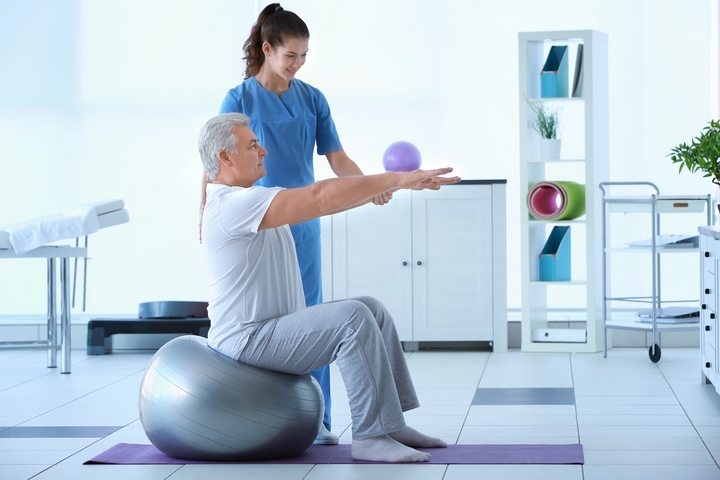
Physical therapy is a crucial component of the solution for sudden loss of mobility in the elderly. Physical therapists are trained to assess each patient’s specific needs and limitations. They create individualized rehabilitation plans tailored to the elderly individual’s condition, ensuring that the therapy addresses their unique mobility challenges.
It focuses on improving strength, flexibility, and range of motion. Through a combination of exercises and therapeutic techniques, physical therapists work to rebuild muscle strength and joint function, helping the elderly person regain their ability to move independently! The individual will greatly cherish this heightened independence after its sudden loss.
5. Emotional support
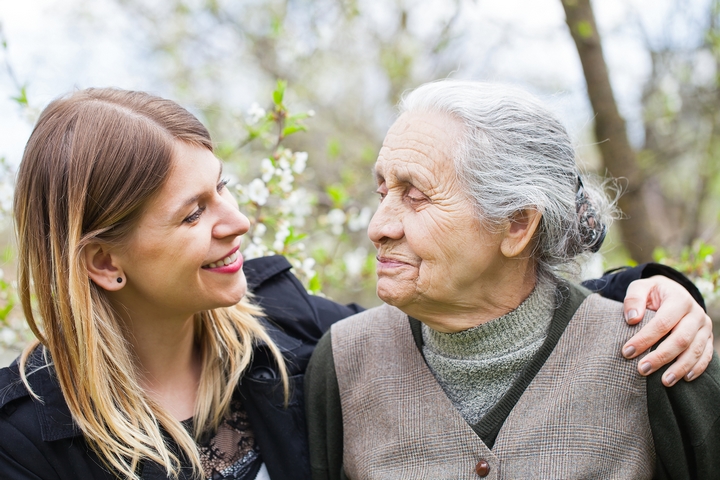
Losing mobility is not just a physical issue but also targets one’s emotional well-being. Emotional assistance, such as counselling or therapy, can help elderly individuals process their emotions, cope with the changes, and develop strategies for maintaining a positive outlook on life.
It helps elderly individuals stay committed to their rehabilitation and exercise routines, which are critical for improving mobility. Knowing that they have a support system can boost their resilience and determination to regain their independence.
Professionals offering emotional support can teach coping strategies to manage the emotional challenges of sudden mobility loss. These strategies can include mindfulness techniques, relaxation exercises, and stress management strategies. Emotional assistance can also involve helping elderly individuals communicate their needs and concerns effectively!
Family members and caregivers can play a vital role in advocating for the elderly’s emotional well-being and ensuring they receive the necessary support and resources.

